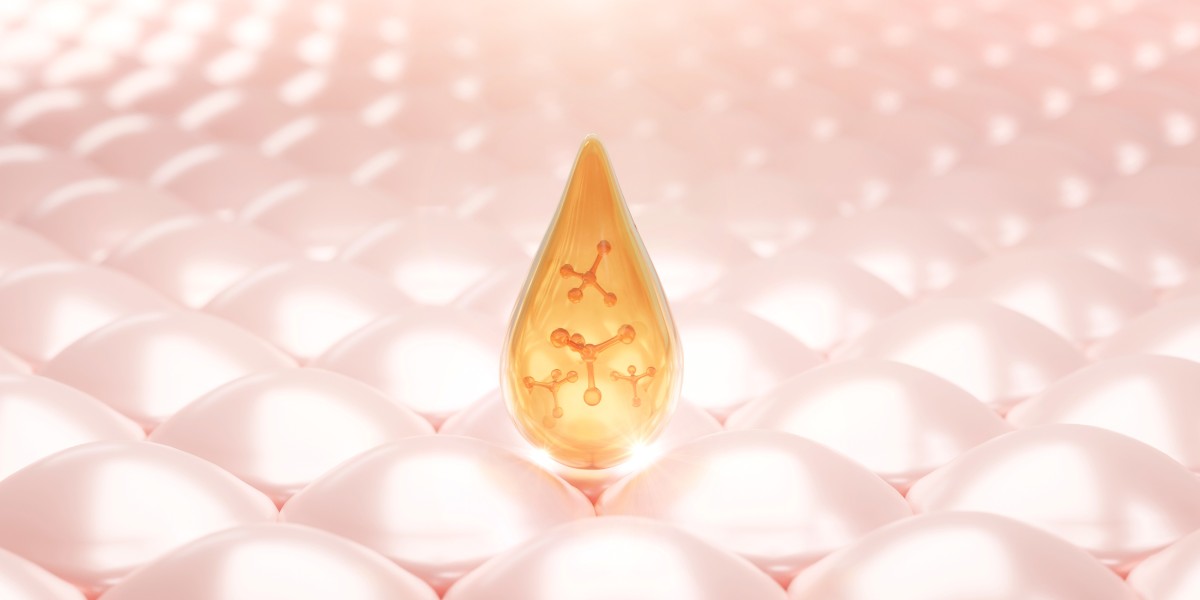If you're serious about achieving healthy, youthful-looking skin, you've likely heard of ceramides and peptides. Both are powerhouse ingredients found in many skincare products, but they work in very different ways.
So which one should you use? In this post, we'll break down the differences between ceramides and peptides, explore how they support anti-aging, and help you choose the right one (or both!) for your skincare routine.
What Are Ceramides?
Ceramides are lipid (fat) molecules naturally found in the skin. They make up over 50% of the skin’s outer layer (stratum corneum) and are crucial for:
Maintaining the skin barrier
Retaining moisture
Protecting against environmental damage
Key Benefits of Ceramides:
Strengthen and repair the skin barrier
Lock in moisture for smoother, softer skin
Reduce dryness, flakiness, and sensitivity
Help soothe conditions like eczema or rosacea
Who Should Use Ceramides?
Anyone with dry, sensitive, or compromised skin
People using actives like retinol or acids
Those exposed to harsh weather or pollution
What Are Peptides?
Peptides are short chains of amino acids—the building blocks of proteins like collagen and elastin. When applied topically, certain peptides can signal the skin to boost collagen production, making them a go-to for anti-aging.
Key Benefits of Peptides:
Stimulate collagen and elastin production
Improve skin firmness and elasticity
Smooth out fine lines and wrinkles
Help skin look plumper and more youthful
Who Should Use Peptides?
Anyone concerned with signs of aging
People experiencing a loss of skin firmness
Those wanting smoother, tighter skin without irritation
Ceramides vs. Peptides: A Side-by-Side Comparison
| Feature | Ceramides | Peptides |
|---|---|---|
| Primary Role | Repair & strengthen skin barrier | Stimulate collagen, improve elasticity |
| Best For | Dry, sensitive, or irritated skin | Aging or sagging skin, fine lines |
| Action Type | Protective and hydrating | Rebuilding and firming |
| Use Frequency | Daily (AM & PM) | Daily or targeted (mostly PM) |
| Ideal Pairings | Hyaluronic acid, niacinamide | Vitamin C, ceramides, and antioxidants |
| Irritation Risk | Very low | Low to moderate (depending on formula) |
Can You Use Ceramides and Peptides Together?
Absolutely. Ceramides and peptides complement each other beautifully.
Ceramides work on the surface to protect and hydrate,
Peptides go deeper to repair and rebuild structural proteins.
Use ceramides to support your barrier while peptides stimulate long-term rejuvenation. This duo is perfect for anyone serious about age prevention and skin health.
How to Layer Ceramides and Peptides in Your Routine
Morning Routine:
Cleanser
Hydrating toner or essence
Peptide serum
Ceramide-rich moisturizer
Sunscreen
Evening Routine:
Cleanser
Retinol (optional)
Peptide serum
Barrier-repair moisturizer with ceramides
Best Skincare Products with Ceramides and Peptides
Ceramide-Rich Products:
CeraVe Moisturizing Cream
Dr. Jart+ Ceramidin Cream
Paula’s Choice Omega+ Complex Moisturizer
Peptide-Powered Products:
The Ordinary “Buffet” Multi-Peptide Serum
Olay Regenerist Micro-Sculpting Cream
Drunk Elephant Protini Polypeptide Cream
Final Thoughts
Both ceramides and peptides are excellent anti-aging ingredients, but they serve different purposes.
Choose ceramides for hydration, barrier support, and calming benefits.
Opt for peptides when targeting wrinkles, loss of elasticity, or sagging skin.
For best results, combine both in a well-balanced routine.
By understanding the difference between ceramides and peptides, you’ll be better equipped to build a skincare regimen that gives you the youthful glow you’re after, inside and out.







